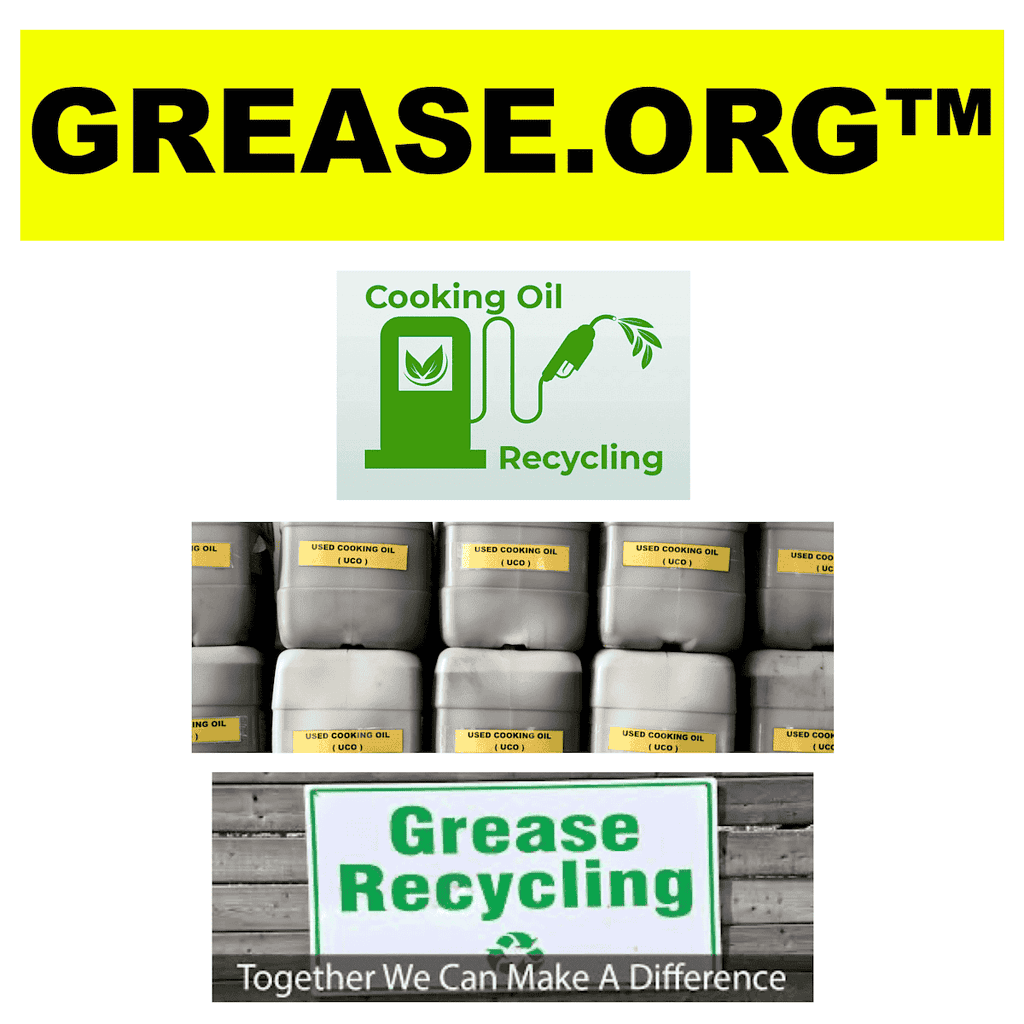Yellow Grease Definition
Yellow grease is a very misunderstood product with respect to its source and utilization. It is a category of fat that evolved from the practice of renderers assuming their responsibility to collect, process, and utilize used cooking oils and restaurant greases as part of their raw material resources. Traditionally, fat/grease acquired from restaurants was of animal origin (tallow and lard), but with the controversy surrounding health effects of saturated and unsaturated fatty acids, the major components of frying media are now plant oils. These changes were made despite a lack of sound empirical data and the fact that most taste panels preferred foods prepared in animal fats. These major changes had drastic effects on the tallow and lard markets and brought about a new category of fats: feed-grade animal fat or yellow grease.
Yellow grease is best defined as a fat product that does not meet the definitions for animal fat, vegetable fat or oil, hydrolyzed fat, or fat ester. Like any other grade of fat, it must be sold on its specifications, which include the minimum percentage of total fatty acids, the maximum percentage of unsaponifiable matter, the maximum percentage of insoluble impurities, the maximum percentage of FFAs, and the amount of moisture. Most importantly, it must meet the Food and Drug Administration’s established criteria for pesticides or other toxic chemicals.
Although these are basic specifications, they are subject to negotiation between buyer and seller on a contract-by-contract basis. The presence of FFA in fats or ABPs was once considered an indication of rancidity. Questions are still raised regarding the utilization of fat sources with high FFA content as a feeding fat ingredient. A very reliable research database exists to indicate that FFA per se is not, on its own, a qualitative monitor for fat quality. Dr. Park Waldroup (Waldroup et al., 1996) at the University of Arkansas reported no difference in performance in broilers fed diets supplemented with fats with low or high (44.7%) FFA content. Dr. Richard Zinn of the University of California (Zinn, 1988, 1989) has likewise reported similar findings in feedlot cattle. In the studies (of growth performance) comparing 10% FFA yellow to 50% FFA, no differences were detected. Thus, a higher FFA content without the indicators of rancidity (rancid odor, palatability influences, or high peroxide values) does not affect the feeding value of yellow grease. There are specific industrial uses for which high FFA levels may become a factor, such as in the esterification process associated with biodiesel.
Yellow grease has many uses. It is a primary contributor to the total fats and oils used as feeding fats. It has several industrial uses, including as a biofuel either in biodiesel or perhaps as a burner fuel. Its properties and its recyclable benefits make it anything but waste grease.
H.W. Ockerman, Lopa Basu, in
Encyclopedia of Meat Sciences (Third Edition)
, 2024



